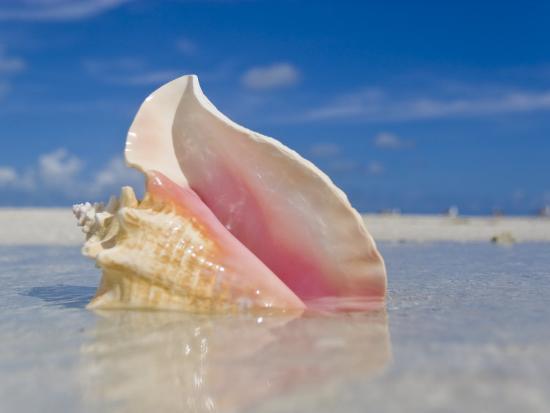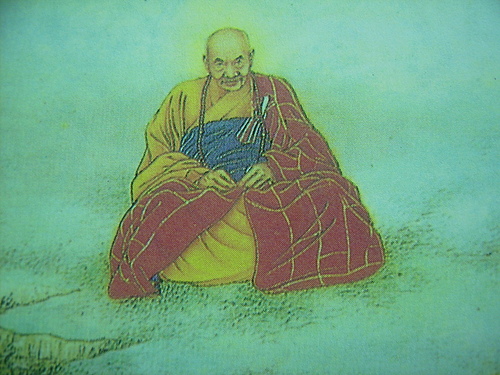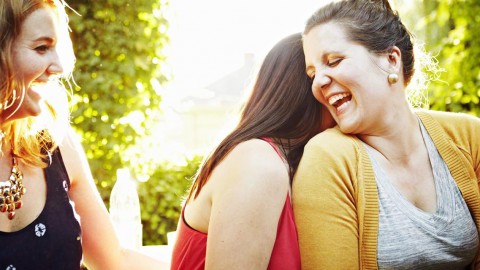Types and Usage
A Shankha is a conch shell of ritual and religious importance in Hinduism and Buddhism. It is the shell of a large predatory sea snail, Turbinella pyrum, found in the Indian Ocean.
The overall shape of the main body of the shell is oblong or conical. In the oblong form, it has a protuberance in the middle, but tapers at each end. The upper portion (the siphonal canal) is corkscrew-shaped, while the lower end (the spire) is twisted and tapering. Its colour is dull, and the surface is hard, brittle and translucent. Like all snail shells, the interior is hollow. The inner surfaces of the shell are very shiny, but the outer surface exhibits high tuberculation. In Hinduism, the shiny, white, soft shankha with pointed ends and heavy is the most sought after.
Based on its direction of coiling, the shankha has two varieties:
Significance of the Dakshinavarta Sankha
A Dakshinavarti Shankh: This is the very rare sinistral form of the species, where the shell coils or whorls expand in a counterclockwise spiral if viewed from the apex of the shell.
The Vamavarta (“left-turned” as viewed with the aperture uppermost): This is the very commonly occurring dextral form of the species, where the shell coils or whorls expand in a clockwise spiral when viewed from the apex of the shell. In Hinduism, a Dakshinavarta Shankha symbolizes infinite space and is associated with Vishnu. The Vamavarta Shankha represents the reversal of the laws of nature and is linked with Shiva.
The Dakshinavarta shankha is believed to be the abode of the wealth goddess Lakshmi – the consort of Vishnu, and hence this type of shankha is considered ideal for medicinal use. It is a very rare variety from the Indian Ocean. This type of shankha has three to seven ridges visible on the edge of the aperture and on the columella and has a special internal structure. The right spiral of this type reflects the motion of the planets. It is also compared with the hair whorls on the Buddha’s head that spiral to the right. The long white curl between Buddha’s eyebrows and the conch-like swirl of his navel are also akin to this shankha.
The Varaha Purana tells that bathing with the Dakshinavarta Shankha frees one from sin. Skanda Purana narrates that bathing Vishnu with this Shankha grants freedom from sins of seven previous lives. A Dakshinavarta Shankha is considered to be a rare “jewel” or ratna and is adorned with great virtues. It is also believed to grant longevity, fame and wealth proportional to its shine, whiteness and largeness. Even if such a Shankha has a defect, mounting it in gold is believed to restore the virtues of the Shankha.
To make a trumpet or wind instrument, one drills a hole near the tip of the apex of the Shankha. When air is blown through this hole, it travels through the whorls of the Shankha, producing a loud, sharp, shrill sound. This sound is the reason the Shankha was used as a war trumpet, to summon helpers and friends. Shanka continued to be used in battles for a long time. The sound it produced was called Shankanad.
Nowadays, the Shankha is blown at the time of worship in Hindu temples and homes, especially in the ritual of the Hindu aarti, when light is offered to the deities.
Tags: Be Still Drop Inner Resistance










